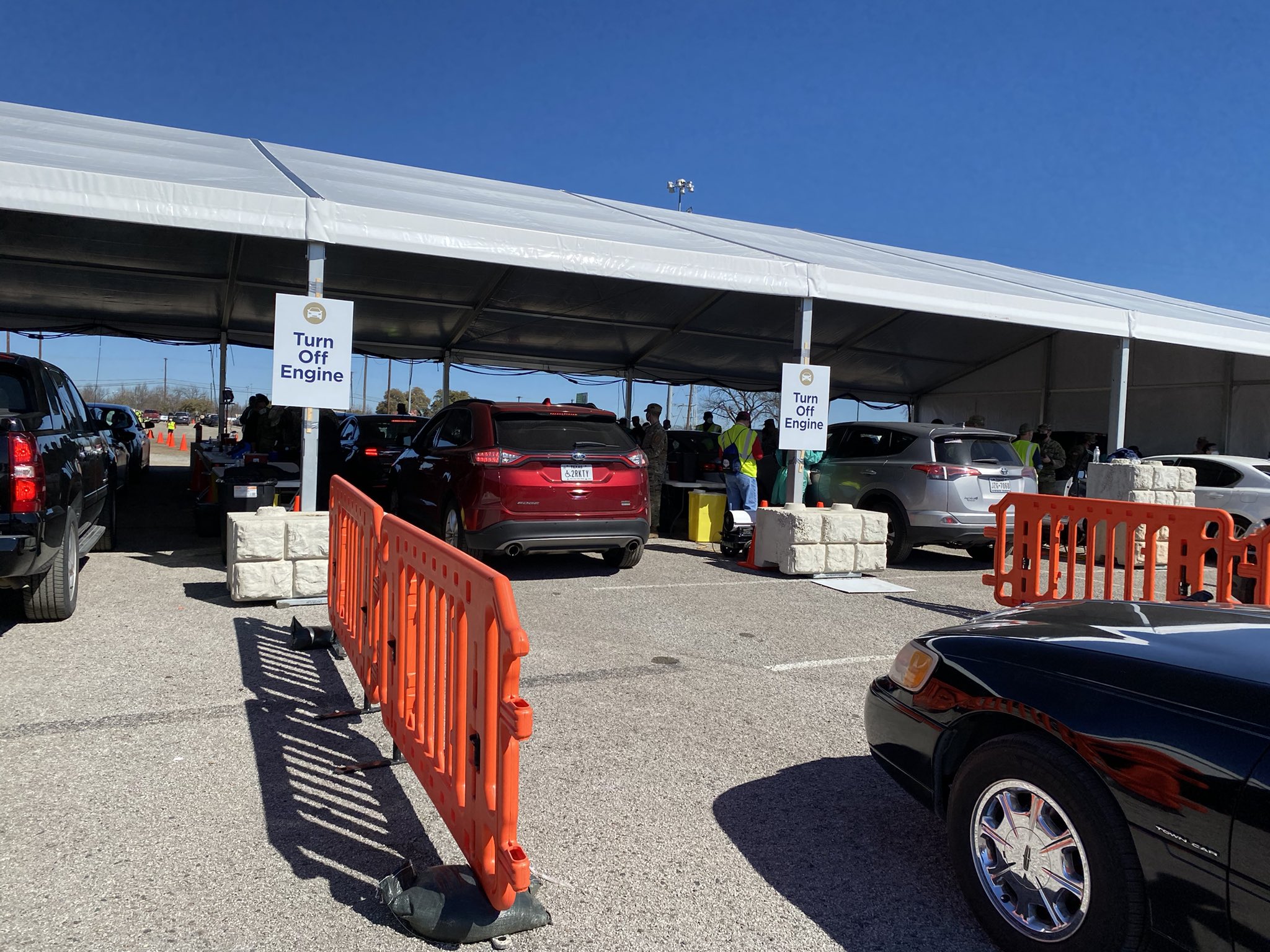Dallas County is home to some of the best COVID-19 data in the country. So when Steve Miff met with experts from Cincinnati Children’s Hospital Medical Center to publish his recent paper in the New England Journal of Medicine about herd immunity, he found that his out-of-town colleagues were jealous of the depth and breadth of information.
Miff and the Parkland Center for Clinical Innovation were diving deep into the health data of Dallas County long before the pandemic, but the last two years have helped make clear that Dallas’ data are a cut above the rest. “We’ve been blessed here locally to have this level of data as well as access to that individual-level data for 18 plus months for confirmed cases, testing, and vaccinations,” Miff says. What we’ve learned is that it’s super unique. Most, if not any, other parts of the country have that level of patient-level data.
What does that mean for Dallas? PCCI and Dallas County have been producing maps to indicate vulnerability, hot spots, and vaccination rates throughout the pandemic, allowing health officials to prioritize certain areas and fight the disease with the best information they have.
Dallas County has made a progressive push to collect and share the data and then act on the analysis from the information they receive. Miff works with experts around the country and says what we have is unique. “In the national conversations, organizations don’t have the capabilities to do something meaningful with the data, or they don’t have the processes in place to make targeted recommendations off of it,” Miff says.
The data that comes back from the state are granular and messy, and there is a high level of security and protection that needs to be taken into account. But the data partnership between Dallas County and PCCI has allowed the organizations to take longitudinal views of patients and populations and map them on the county to identify vulnerable areas. Miff has been in meetings with officials at the Centers for Disease Control to dig even more profound. “They recognize that what we’re doing here is super unique,” he says.
The relationship requires trust from both parties. “We can’t just give out the information to anyone and let people do research, but we have specific things that we need to do to set up a relationship,” says Dr. Philip Huang, Dallas County Medical Director. “It works out because we are leveraging our various capacities and strengths.”
The push for higher-level analysis started in the early days of the pandemic when Dallas County and PCCI partnered to contact those who tested positive and have them enter their close contacts. PCCI had long been using messaging to ensure vulnerable patients took their medication and showed up to their appointments.
Dallas County collaborates with others around the state to move public health data forward, as much of the system is still based on paper and fax machines. “It’s been said that public health is single-handedly keeping the paper fax business going,” Huang jokes. But the pace and amount of data measured during the pandemic meant that things had to move forward, and Dallas County has consistently been at the forefront. Huang emphasized that the partnership was not merely academic but practical. Public Health policies and actions depend on that level of data analysis and technology.
Dallas County has targeted vulnerable ZIP codes with testing and vaccines and sent mass text messages to everyone in a vulnerable area to know about COVID-19 services. The hot spots can change quickly based on how the virus moves and the mobility of communities, and PCCI’s analysis has allowed public health authorities to pivot quickly.
Looking ahead, the organizations are hoping to share the processes, and data gathering pioneered in Dallas with other communities to better prepare them for the next public health disaster. “We’re trying to expand for other repeatable conditions. Heaven forbid if there is another pandemic, but then these systems will be ready to implement day one,” Huang says. “We can use all these techniques to get the data quickly, process them, bring in vaccination information, and do our contact tracing.”
The Dallas County way is spreading around the state and country. “We have been working with other local health departments, the state health department, and even the CDC at the federal level because we are at the forefront of a lot of these discussions,” Huang says.
But the data doesn’t get collected without investment. Moving to digital record-keeping with better systems in place can impact both health and finances. “It’s affecting every aspect of our society and trillions of dollars worth of impact,” Huang says. “You have to invest appropriately and not use second rate data system because it’s this data that is being used to make a lot of key decisions that are impacting every aspect of our society. Hopefully, it’s a wake-up call that comes through.”






